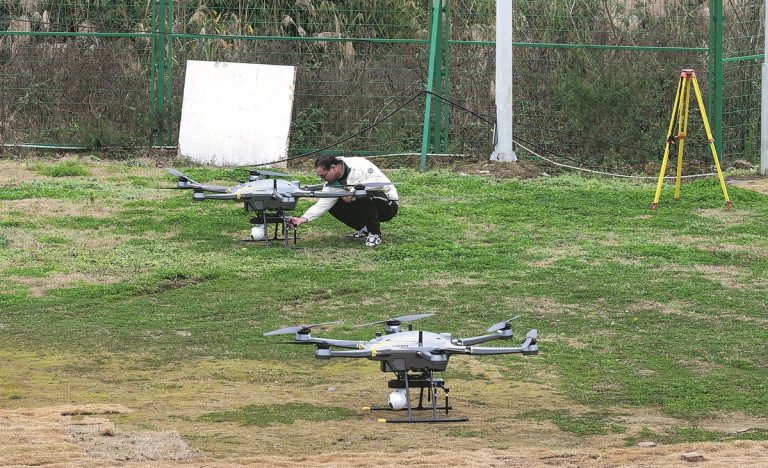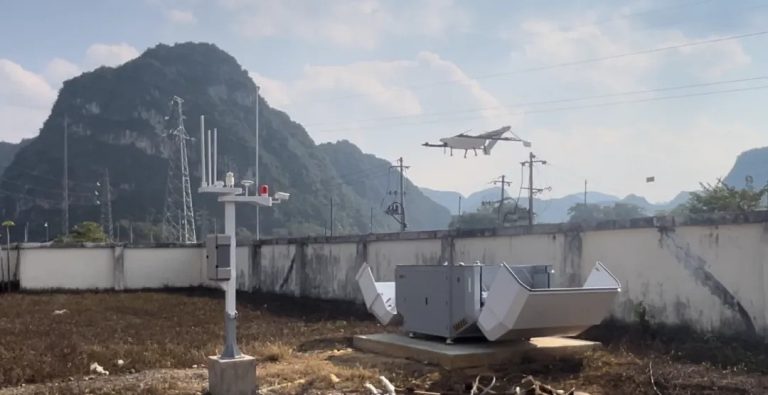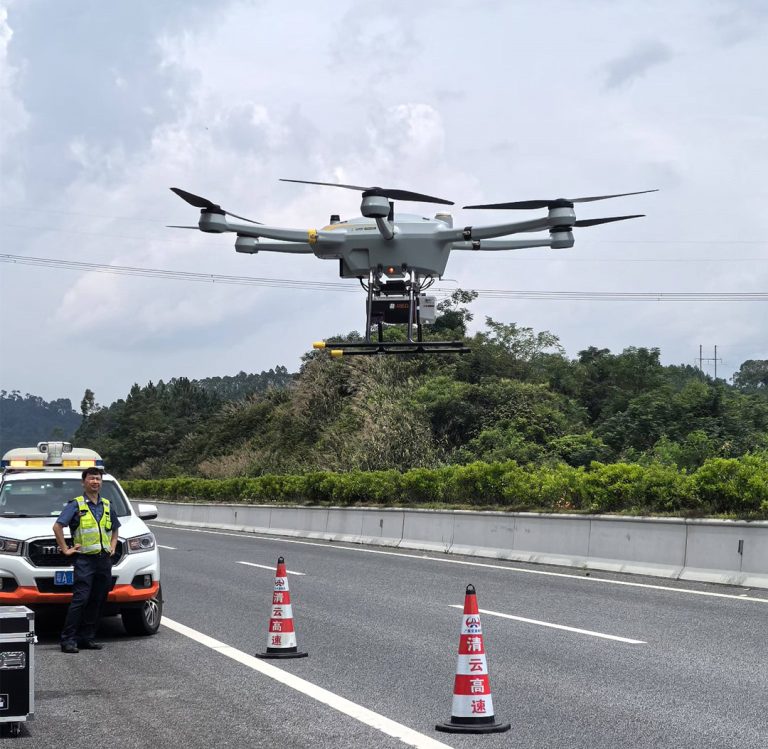Zhejiang Government Uses Drones to Combat Illegal Fishing
China, the largest producer of marine fisheries in the world, has a long coastline and a huge marine fishing fleet. China has always attached great importance to the conservation and sustainable use of marine fishery resources. Since 1999, the Chinese government has imposed the annual summer fishing ban as a precautionary approach for the long-term sustainability of aquatic lives.
With a vast ocean and an abundance of fish, Zhejiang has been known as the land of "fish and rice" for more than 1000 years, which is the key region of this annual fishing ban. Every year, the fishing ban is implemented from April to August, an important period for fish breeding and juvenile growth.
Challenges of combating illegal fishing
The four-month ban needs the local government to protect their maritime area against illegal fishing. But this is a challenging task to manage and monitor large expanses of water.
"What we relied on patrol vessels that you can count on the fingers of one or two hands", Johnny Luo, from Zhejiang Marine and Fisheries Bureau, "There may also be aircraft, one or two aircraft, that can do reconnaissance flights or surveillance flights and that's it".
"But those methods of policing are costly, often dangerous, and inefficient due to the expense and logistical challenges of policing huge areas of the ocean", Johnny added.
Drones offer extra eyes in the illegal fishing battle
"Drones for the purpose of monitoring illegal fisheries are being deployed in many places around the world and we wanted to see its effectiveness in our context," said Johnny. But which drone should you choose for fishery surveillance?
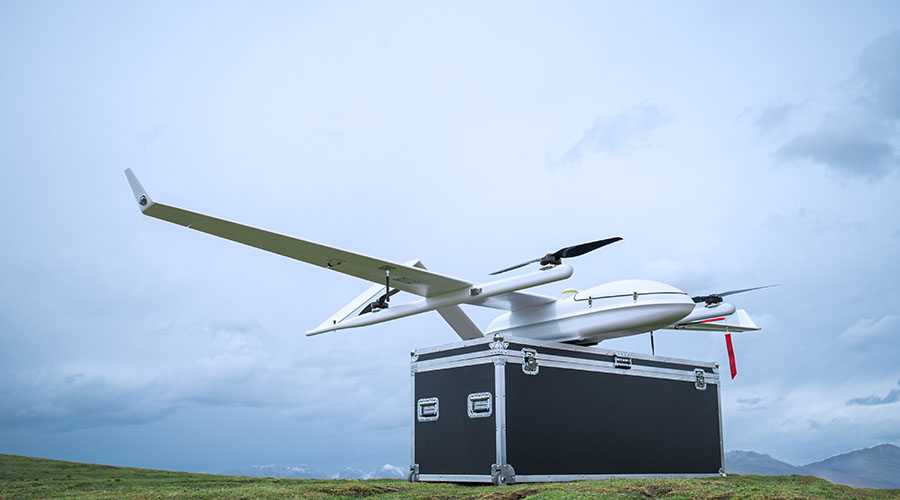
The need for drones for fishery surveillance is driven by several key factors. First, vast ocean means that drones must have long cruise times and fast flight speeds. Second, to respond to suspected activities, the drone data can be transmitted in real-time. Third, the hot, salty, and humid environment requires high-quality drones.
Finally, the Zhejiang Marine and Fisheries Bureau announced the acquisition of JOUAV CW-25E to conduct fisheries surveillance near Dai Quyang Fish Spawning Ground.
Increased efficiency of fishery surveillance
CW-25E equipped with an MG-150E gimbal camera can be very effective and fast in those tedious and repetitive tasks of monitoring large areas, inspecting hard-to-reach sites, and collecting evidence of illegal fishing to warrant a conviction.
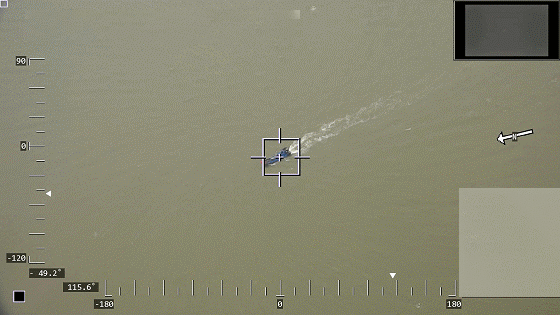
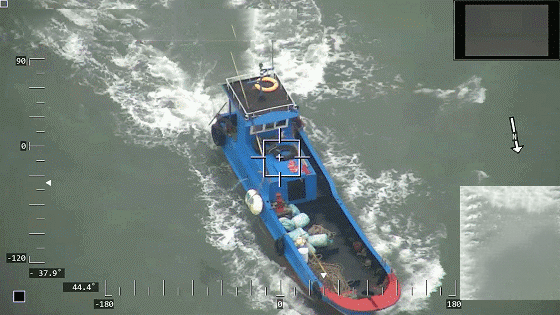
CW-25E found the fishing boat and zoomed in to check whether the people on board had illegal activities.
During the process, this VTOL drone had a maximum flight speed of 72km/h and a maximum endurance of 4 hours. "The CW-25E surveillance drone covered up to 700 kilometers (435 miles) in 12 hours. Using artificial intelligence (AI) technology, this drone can drive our search of fishing vessels," said Emeilin Xie, monitoring control and surveillance manager at Zhejiang Marine and Fisheries Bureau.
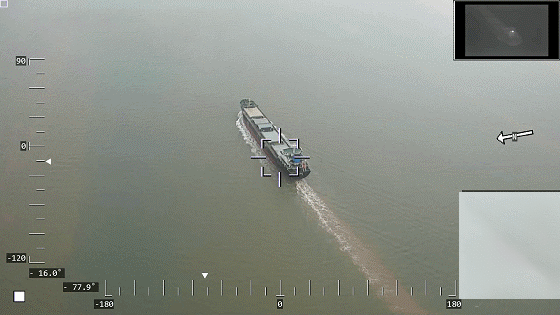
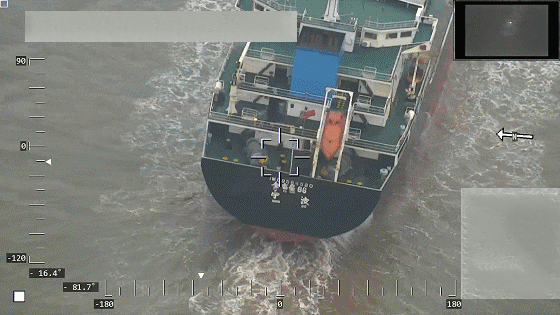
CW-25E found the cargo ship and zoomed in to observe its cargo number.
Real-time video streaming of fishery activities
CW-25E supports long-range surveillance that can travel between 35km to 100km ranges. "In the sea 40km away from the control center, CW-25E found several fishing vessels. By flying in the vicinity of a vessel, we could identify the vessel numbers and the activities of the people clearly on board. Then CW-25E provided live video streams to the ground center and ground vehicle." commented Emily.
"We also used video conferencing to communicate with other emergency centers. In this way, we achieved comprehensive real-time surveillance and monitoring at high altitudes and on the ground." Emily added.
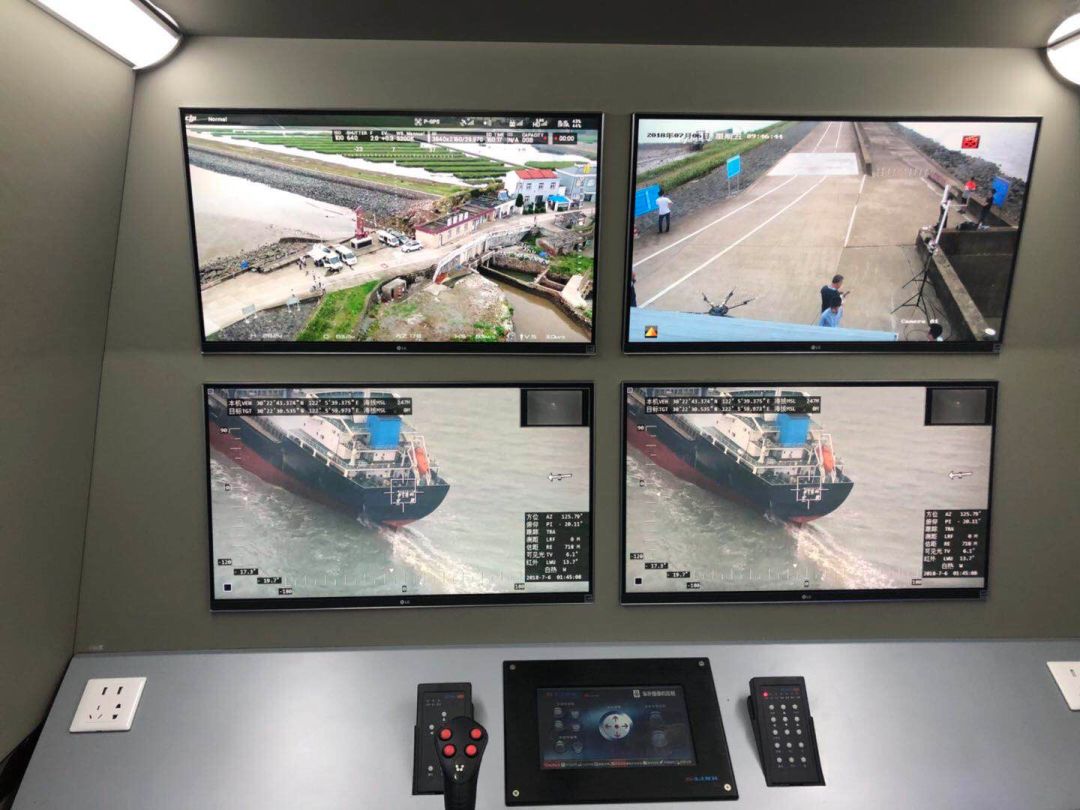
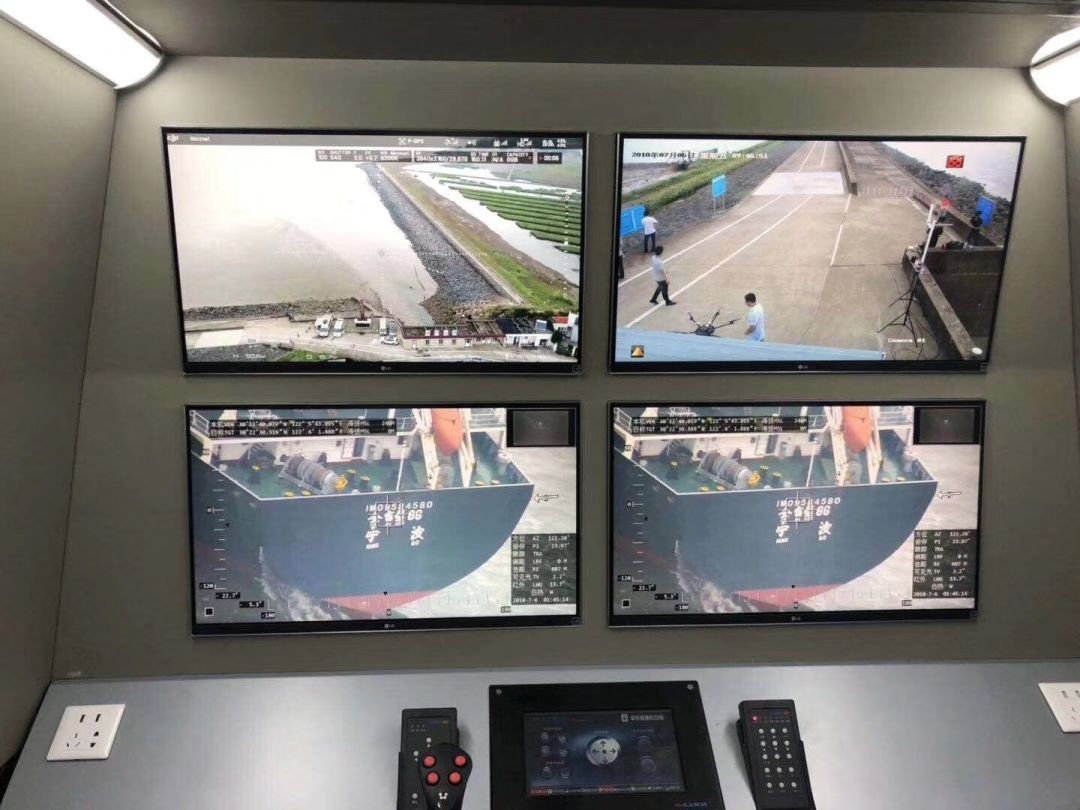
On the screen in the command center and command vehicle, you can see the video transmitted back from CW-25E. The cargo ship outline, the license plate number, and the activities of the personnel on board are all clear to see.
Final thoughts
The value of drone surveillance as a tool for prosecution is not as absolute evidence of illegal fishing, but firstly as a tool to direct limited resources to search for and inspect vessels engaged in fishing practices, and secondly as corroborative evidence.
While drone data is not in itself evidence of a conviction, in combination with other first-hand information it may help to establish a preponderance of the evidence.



